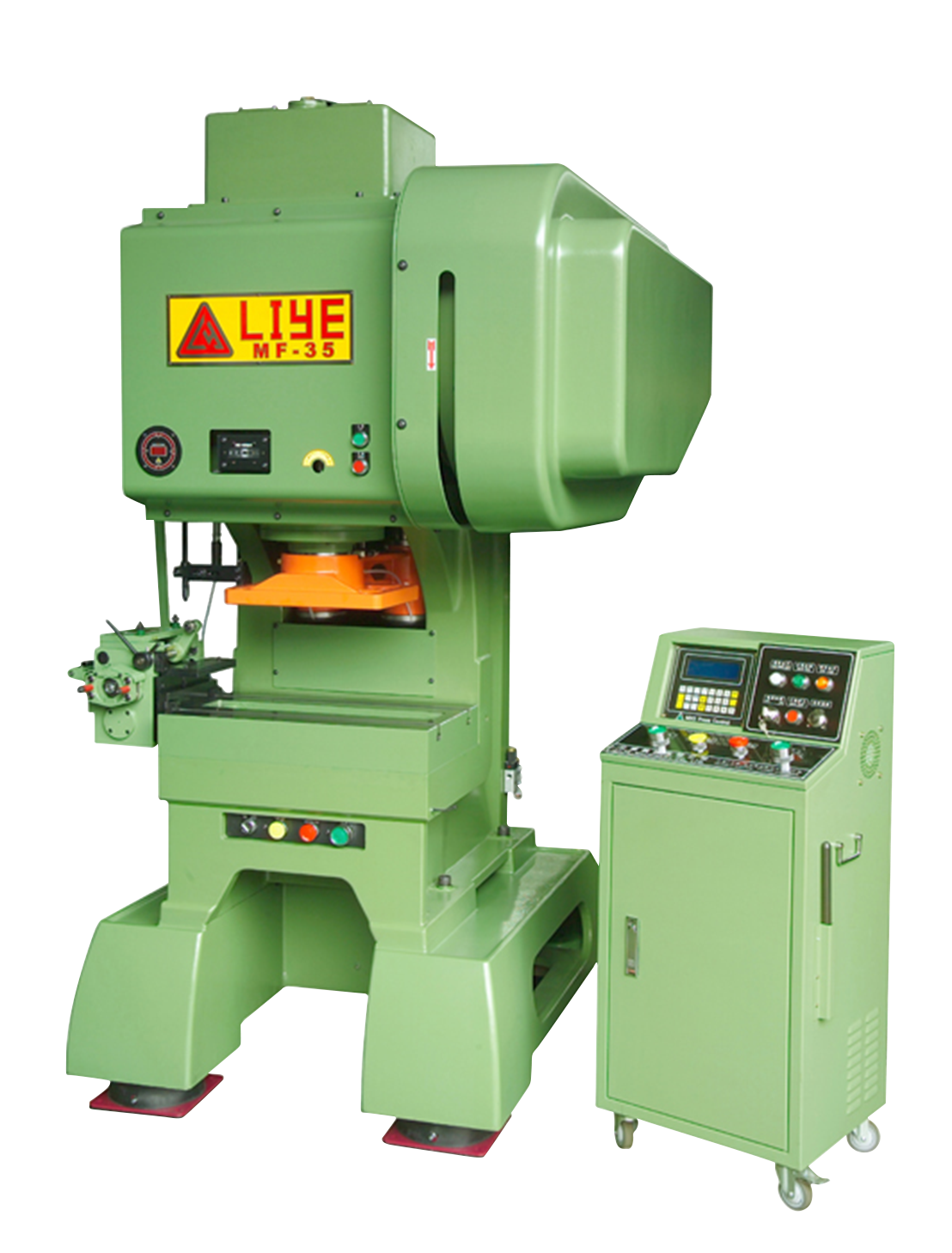How Does an Electric Actuator Work?
How Does an Electric Actuator Work?
An electric actuator is a type of mechanical device whose purpose is converting electricity into kinetic energy through a rotary or single linear motion. This automates valve or damper to improve the complexity and efficiency of the process.
Electric actuator designs are based on specific tasks they complete in the processes they are meant to be used for. These can also vary in terms of size and dimension.
Electric actuators are now used for different applications because of the current shift toward the substantial increased decentralization happening in today's automation technology.
Modern electric actuators also feature new process controllers, making it simpler to adhere to the latest updated standards on automation.
The use of electric actuators has also become safer and more secure than ever made possible by the dependable capabilities preserving the control of the user over the process even when a power loss occurs.
What are the Primary Components of Electric Actuators?
An electric motor features a motor that operates on different voltages and can come in handy in numerous industries. Single-phase motors use the following common voltages:
- 12 VDC
- 24 VAC
- 24 VDC
- 115 VAC
- 208 VAC
- 230 VAC
Aside from these options, there are also three-phase motors that use voltages of 460 VAC and 230 VAC.
The break of an actuator is mounted above the motor. This stops the media from forcing open the valve when this should remain closed. The motor is locked in position when it is not in use.
The third primary component of electric actuators with AC motor is the motor start capacitor. This supplies the motor sufficient power to start. A capacitor is not required in electric actuators that use DC motors.
The last key component of electric actuators is the two SPDT or single-pole, double-throw end of the travel limit switches. The first one is for open position while the other is for closed position. The switches give the right amount of the electrical contacts in the open, closed, and immediate positions.
How Do Electric Actuators Work?
The electric motor creates rotary motion while the rotor or spindle rotates. This motor spindle is directly paired to the helical screw through the drive shaft and in turn, this will rotate in the ball screw nut.
While the spindle is in rotation, the ball screw nut is driven either backward or forward along the helical screw. The ball screw nut has a hollow piston rod attached to it that forms the linear motion into or out of the linear actuator while the motor rotates counterclockwise or clockwise.
An electric drive controls the motor that allows variation of the rotation speed and the actuator's linear speed as a result. A feedback mechanism provides positional information. The linear actuator could be programmed into moving to a specific position, stop, and move on, or go back to its rest position.
The motor's power will determine the generated torque as well as the force that could be put into useful motion with the help of the actuator.


留言
張貼留言